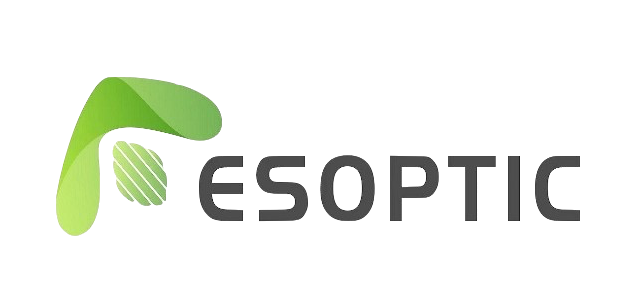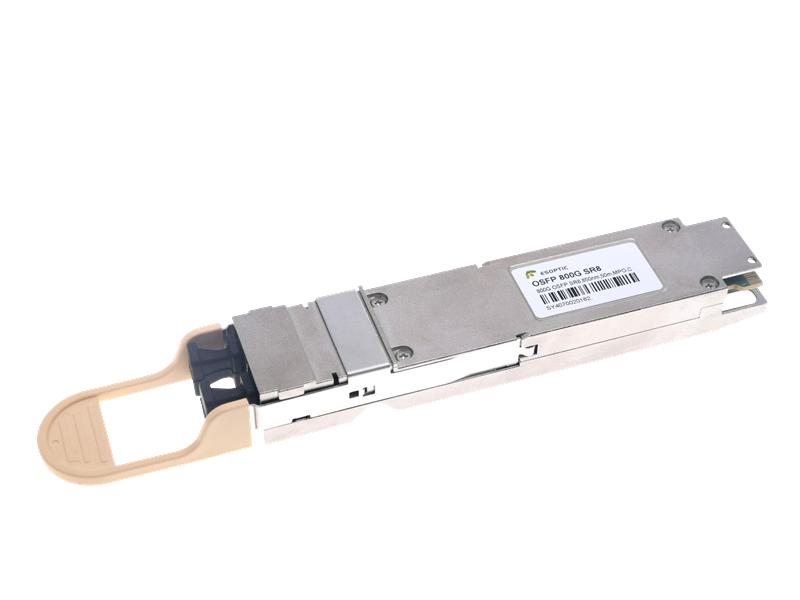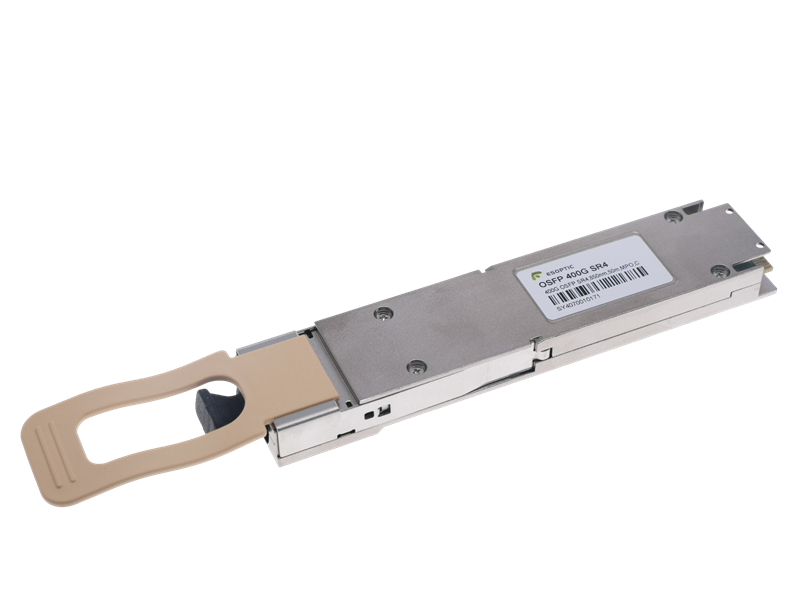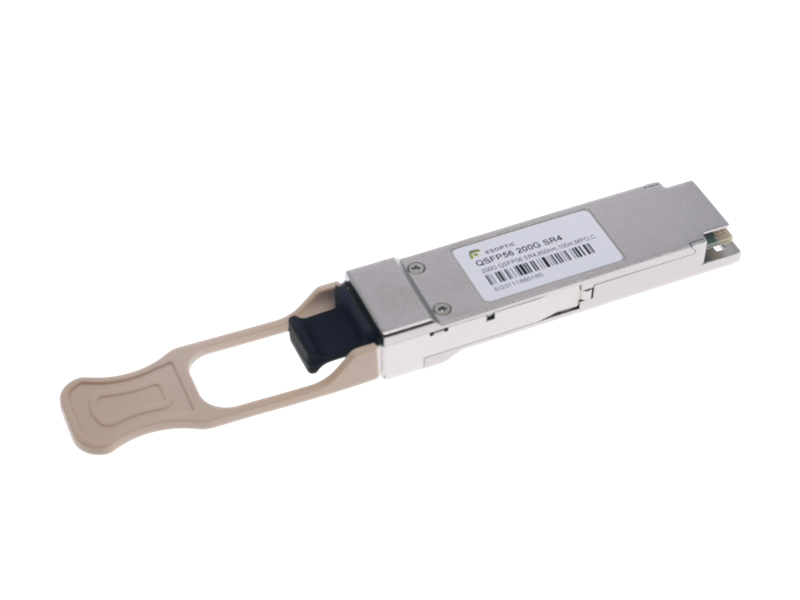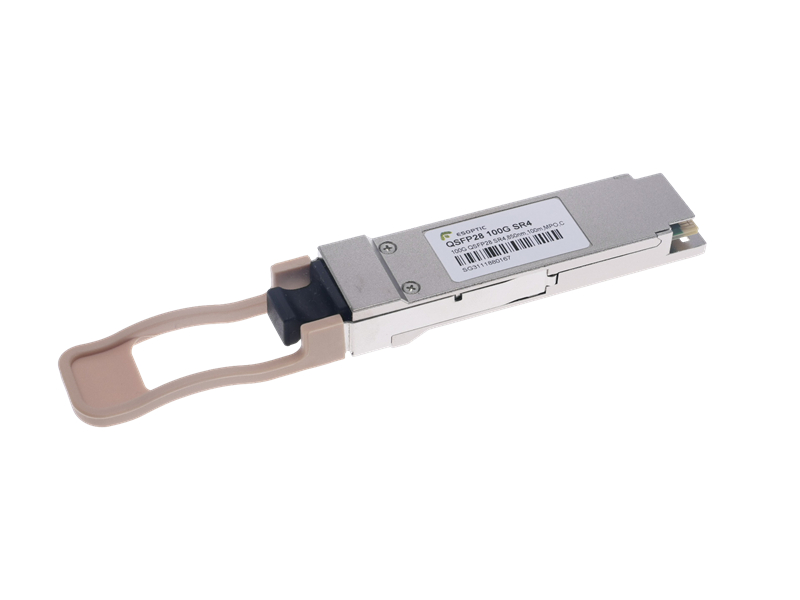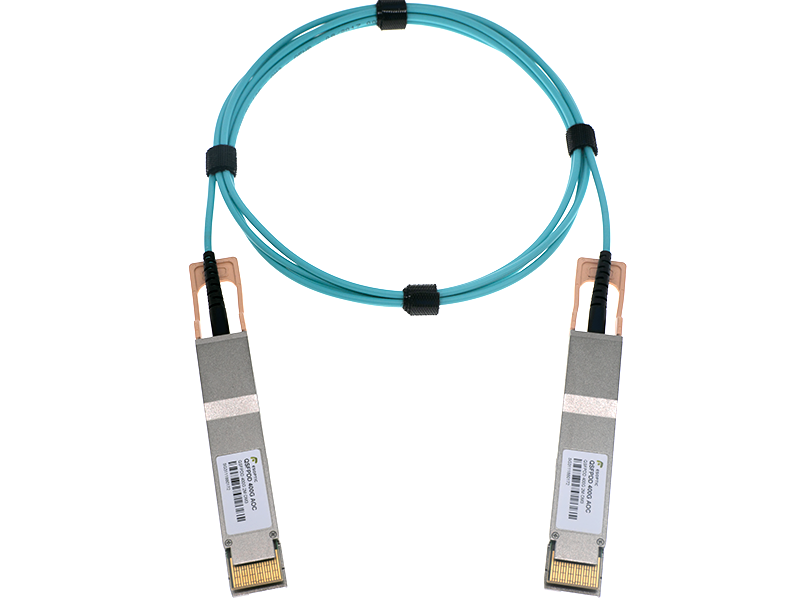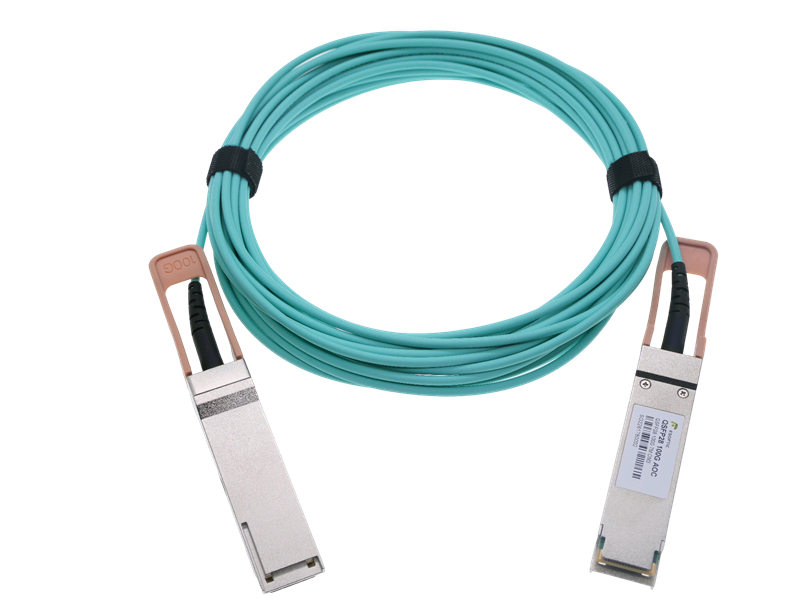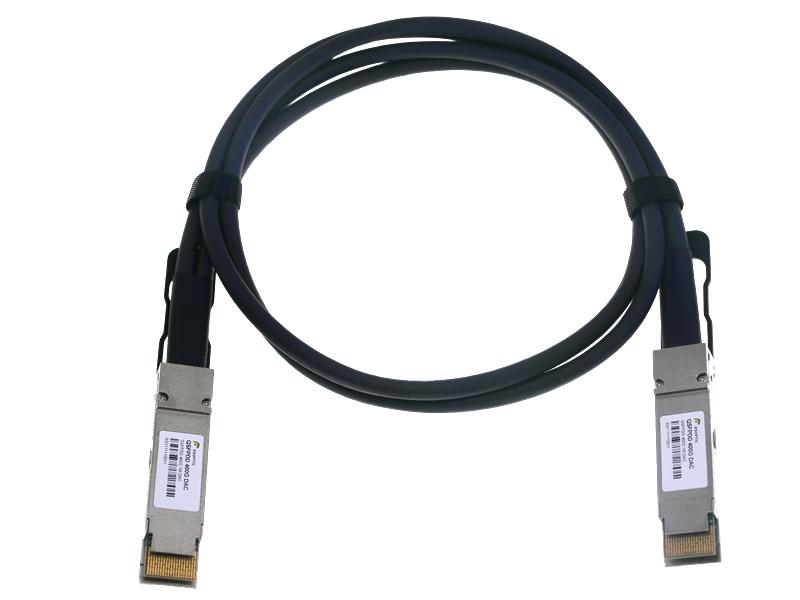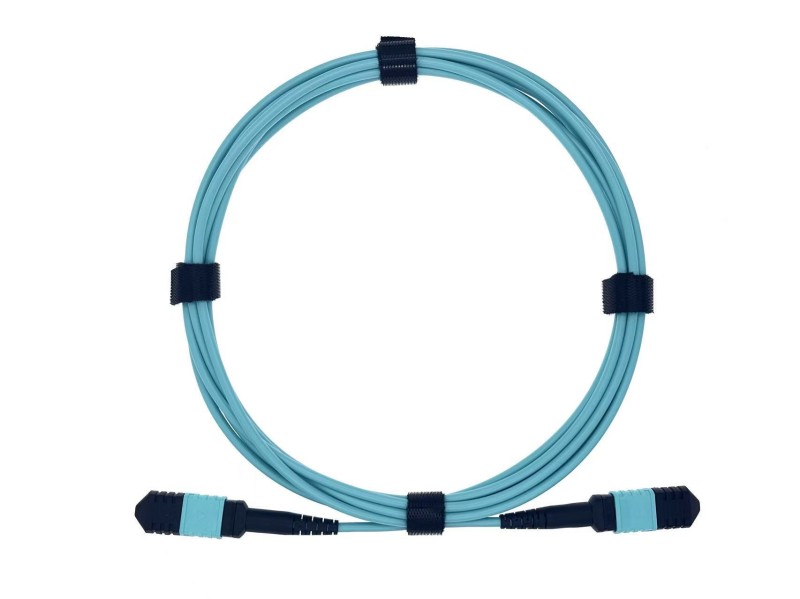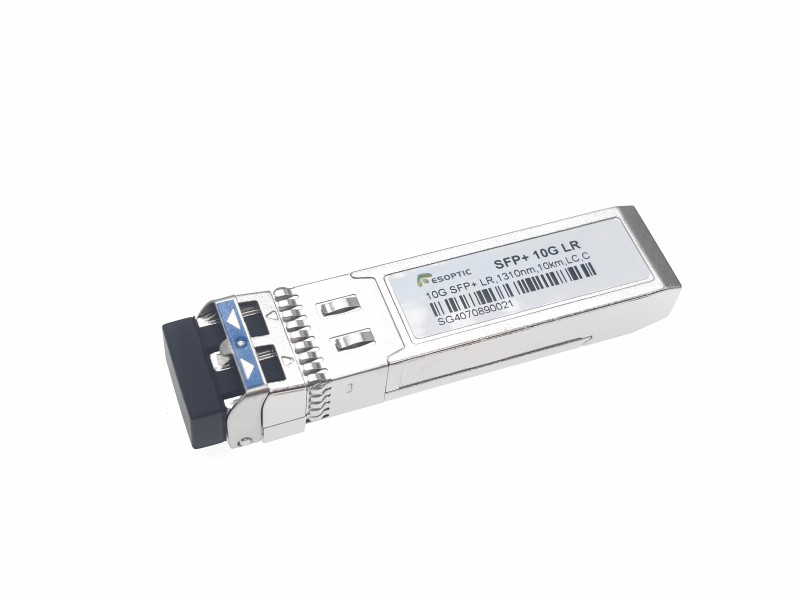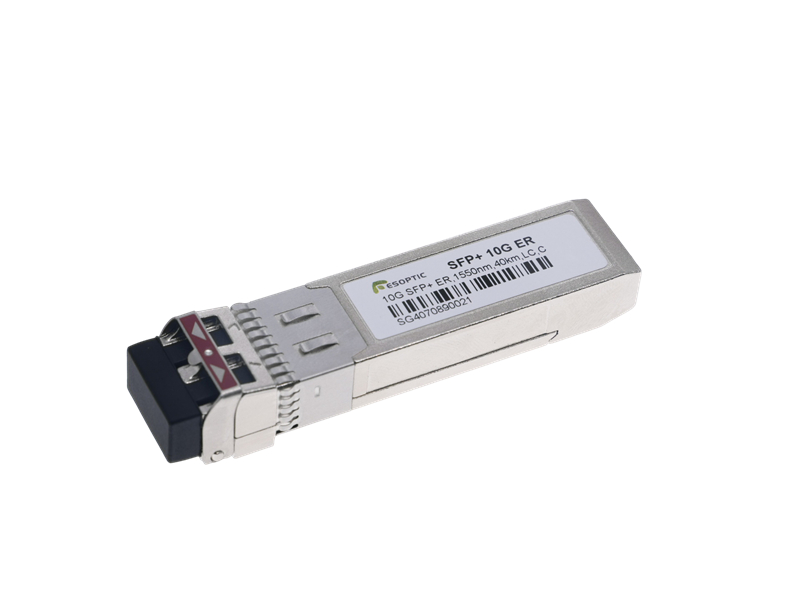When it comes to maximizing fiber infrastructure while maintaining high data throughput, 10G BiDi SFP+ single-fiber bidirectional transceivers are a game changer. These compact optical modules allow data transmission and reception over a single strand of fiber using two different wavelengths—effectively doubling fiber capacity without additional cabling.
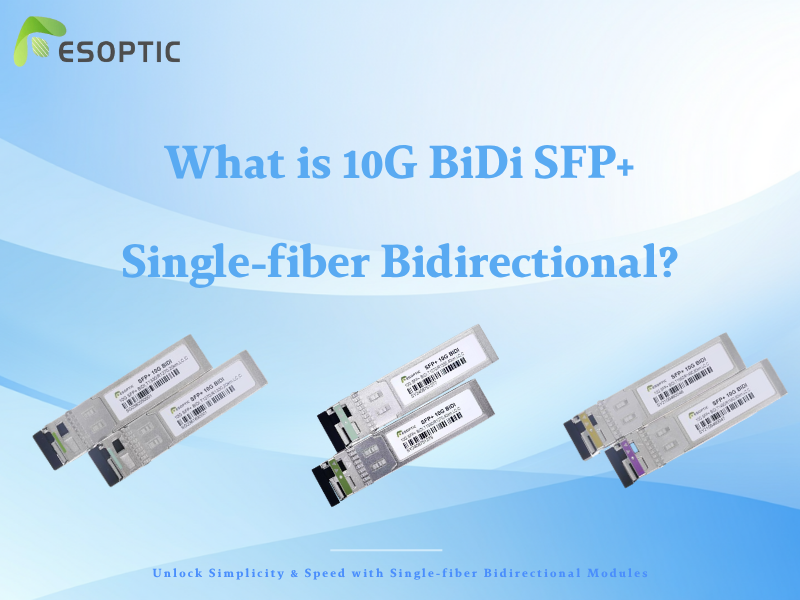
How Does 10G BiDi SFP+ Single-fiber Bidirectional Work?
Traditional SFP+ modules require a pair of fibers: one for transmitting and one for receiving. In contrast, 10G BiDi SFP+ single-fiber bidirectional transceivers use WDM (Wavelength Division Multiplexing) technology to combine both TX and RX channels into one fiber. This is achieved by transmitting and receiving light at different wavelengths—for instance, 1270nm and 1330nm.
This innovation significantly reduces cabling complexity, lowers costs, and simplifies network deployment—especially in environments where fiber resources are limited, such as metro networks, enterprise backbones, and access networks.
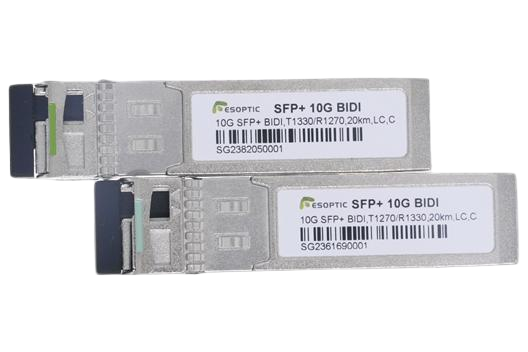
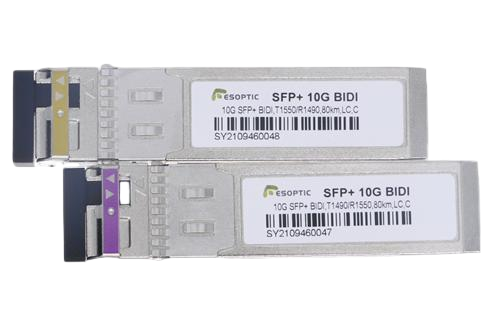
Why Choose ESOPTIC 10G BiDi SFP+ Modules?
At ESOPTIC, we specialize in delivering high-performance optical communication solutions tailored to global data demands. Our 10G BiDi SFP+ single-fiber bidirectional modules are designed for superior compatibility, low power consumption, and long transmission distances (up to 20km, 40km, and beyond).
Whether you’re upgrading an existing network or building a new one, ESOPTIC’s 10G BiDi modules ensure reliable, stable, and cost-effective transmission—perfect for telecom carriers, data centers, and ISPs.
Applications of 10G BiDi SFP+ Modules
Metro Ethernet Networks
Enterprise Campus Networks
FTTH and FTTx Deployments
5G Fronthaul Backhaul
Data Center Interconnect (DCI)
Advantages of 10G BiDi SFP+ Single-fiber Bidirectional Technology
Efficient use of fiber: Double the capacity using one core.
Lower infrastructure cost: Fewer cables, fewer patch panels.
Simplified cabling: Cleaner data center architecture.
Long reach options: Available for 10km, 20km, and 40km transmission.
Excellent interoperability: Compatible with major network equipment vendors.
FAQs
1. What is the main difference between BiDi and traditional SFP+ modules?
BiDi modules transmit and receive signals over a single fiber, while traditional SFP+ modules require two fibers.
2. Are BiDi SFP+ modules compatible with all switches?
Yes, as long as the switch supports SFP+ slots and the correct DOM (Digital Optical Monitoring) values are set.
3. Can I mix BiDi modules with standard modules?
No. BiDi modules must be deployed in matched pairs (e.g., 1270/1330nm on one side, 1330/1270nm on the other).
4. What fiber type is used with 10G BiDi SFP+ modules?
Single-mode fiber (SMF) is used for long-distance applications.
5. How do I ensure proper pairing of BiDi modules?
Always confirm the transmit and receive wavelengths. For example, match 1270nm TX / 1330nm RX on one end with 1330nm TX / 1270nm RX on the other.
